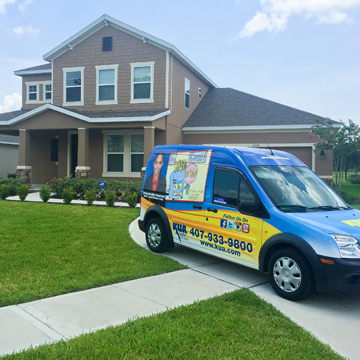Welcome to the fascinating and rewarding world of energy conservation and energy savings!
You may never have looked at your house as an energy system, nor at yourself as its energy manager, but in very real terms that’s the way it is. Energy is delivered to your various heating, cooling, lighting, and appliance systems within your home, which uses the electricity at varying degrees of efficiency. You manage these systems by flicking switches, setting thermostats, and upkeep of proper maintenance. You’re the boss.
But with today’s energy costs, most homes are unfortunately rather inefficient, especially when it comes to heating and cooling. Often, it is wasteful energy practices and measures that become the boss, deciding what your electric bill will be.
By spending a couple minutes reading this information you will learn many proven ways to maintain and operate your energy systems to save energy dollars year after year. And many of these are low-cost or no cost that you can do yourself!
So, join the many KUA customers who are reaping the benefits of energy management. By selecting the methods that suit your particular needs, you will be able to control and even substantially reduce your energy use costs. KUA applauds you taking the important first step toward energy conservation, an energy audit, and hopes that this will be the beginning of an energy management state-of-mind in your home.

Energy Tips: Start Here
- Heating and Cooling
- Your air conditioning/heating unit is your home’s largest user of electricity.
- Water Heater
- Very often, a water heater is tucked away in a closet and forgotten.
- Lighting
- You don’t have to live in the dark to lower the lighting portion of your electric bill!
- Home Structure
- Follow several tips to help your homework well as a barrier.
- Kitchen, Bath, and Laundry
- These three areas typically are places where people sometimes forget to practice energy conservation.
- Read Your Own Electric Meter
- Download “Read Your Electric Meter” and the Kilowatt-Hour Conservation Scoreboard.
Holiday Lighting
LEDs consume far less energy than incandescent bulbs, and decorative LED light strings such as Christmas tree lights are no different. Not only do LED holiday lights consume less energy, they also have the following advantages:
- Safer: LEDs are much cooler than incandescent lights, reducing the risk of combustion, less heat in the home or burnt fingers.
- Sturdier: LEDs are made with epoxy lenses, not glass, and are much more resistant to breakage.
- Longer lasting: The same LED string could still be in use up to 40 holiday seasons from now.
- Easier to install: Up to 25 strings of LEDs can be connected end-to-end without overloading a wall socket. Please remember to follow all manufacturer’s requirements as some LEDs may differ depending on brand and size.

